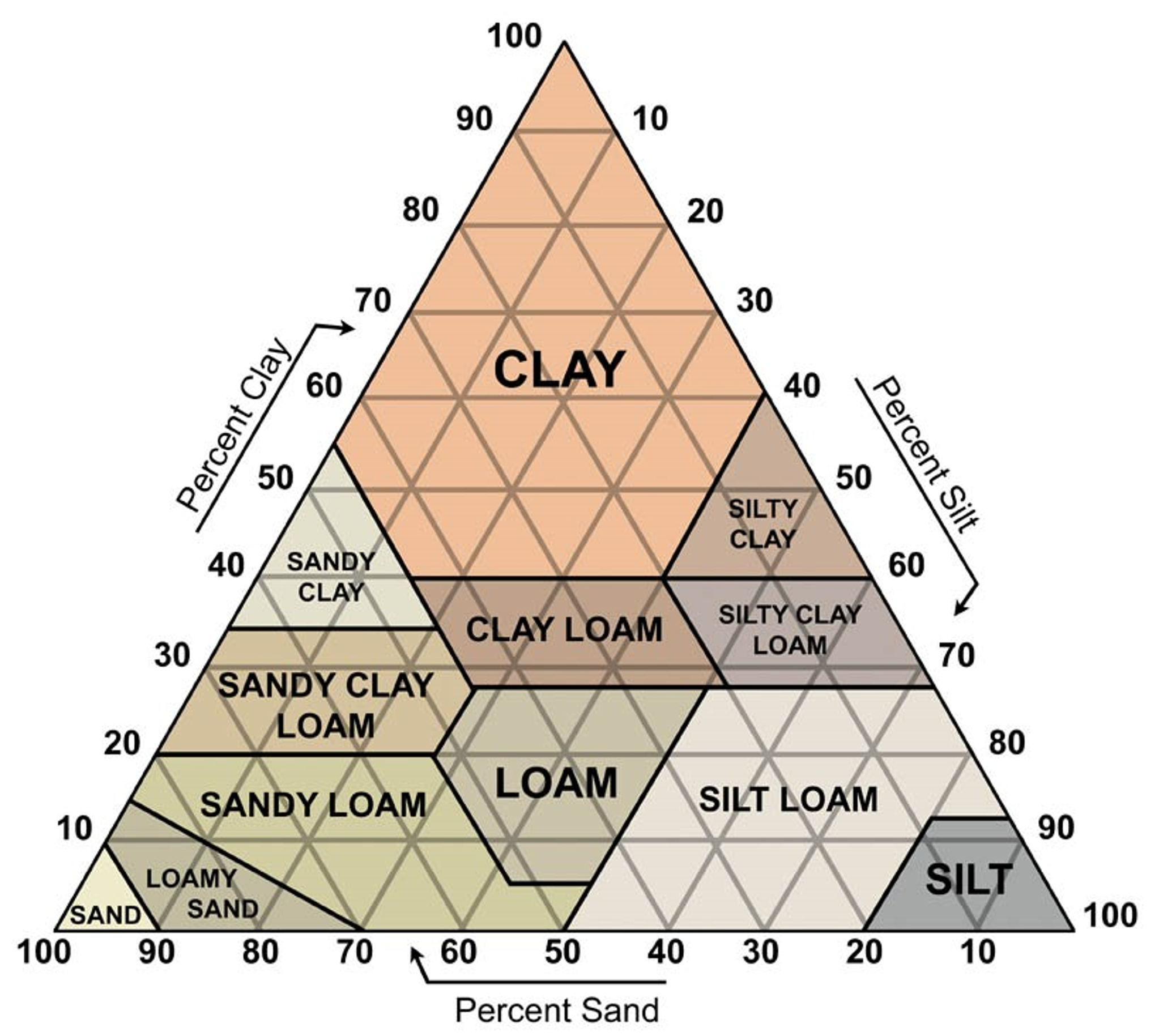September
28
09/24/18 Plaque Assay and Metadata Results
Rationale:
The purpose of today’s lab was to check on the metadata experiments that had been performed the week prior (water percentage and soil composition) and also perform a plaque assay with the newly enriched lysate to test for the presence of phage.
Materials:
- 2.0-mL LB Broth
- 2.5-mL 2X TA
- 22.5-μL Calcium Chloride
- 0.5-mL Arthrobacter
- 0.22 micron syringe filter
- Enriched Lysate
Procedure:
- Established an aseptic zone.
- Checked soil composition and weighed dry soil to calculate sand, silt, clay makeup of soil and water percentage of soil.
- After metadata was completed, aliquoted 2.0-mL Lb broth to conical vial.
- Filtered enriched lysate through 0.22 micron filter.
- Added 22.5-μL of calcium chloride to LB Broth.
- Combined 10-μL of filtered lysate with 0.5-mL of Arthobacter and left to infect for approximately 20 minutes.
- After 20 minutes had passed, added 2.5-mL 2X TA to broth, quickly added lysate mixture, and plated immediately.
- Let solidify and left to incubate for 48 hours.
Observations/Results/Data:
- The soil composition did not vary as drastically as last samples. It did contain 4 different layers of the soil, but the fourth dark top layer was just additional organic matter that was not poured out. It roughly had 1.5-mL of sand, 1.0-mL of silt, and 0.5-mL of clay. Making it 50% sand, 33.33% silt, and 16.67% clay.
- LB broth before use was not contaminated, no cloudiness was reported and there was no precipitate in the solution at the time of use.
- The mass of the dry soil was 6.21 grams after being left out all weekend to encourage water evaporation. Therefore making the mass of water 3.91 grams.
Analysis/Conclusions:
- Based off graphic below and the percentages of the soil composition obtained from the experiment, the best estimate for the soil type is Loam. Loam is a fertile soil with a roughly 40-20-20 mineral composition of sand-silt-clay, which is very close to the results gathered in the experiment.

- By using the water percentage equation, the final calculated percentage of water in the soil was 24.80%. This is only 4% more water than the previous soil sample which was gardeners soil. Possibly this increase in water will be beneficial for the presence of phage.
Next Steps:
- Analyze the plaque assay results for the presence of phage. If there are plaques present, a serial dilution will be performed to get a high titer of phage. If no plaques are present, a second plaque assay will be performed.


